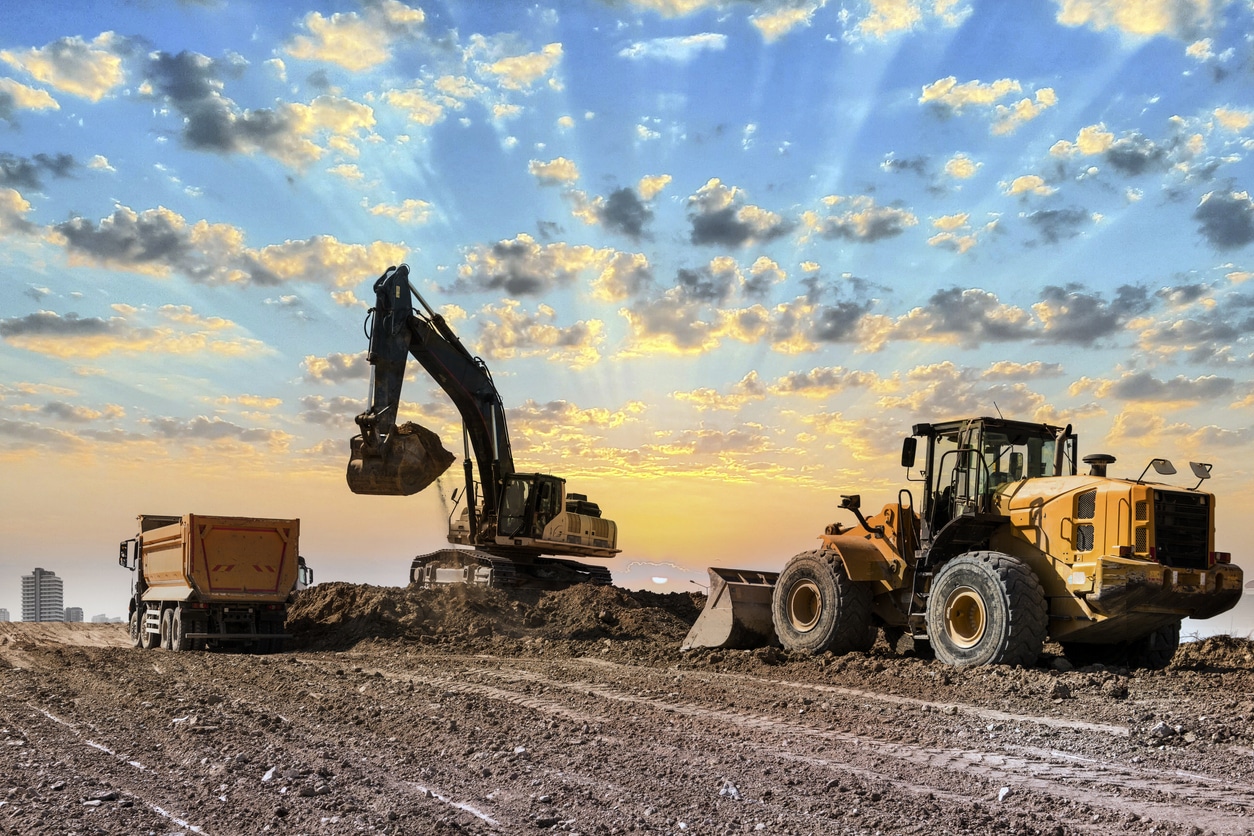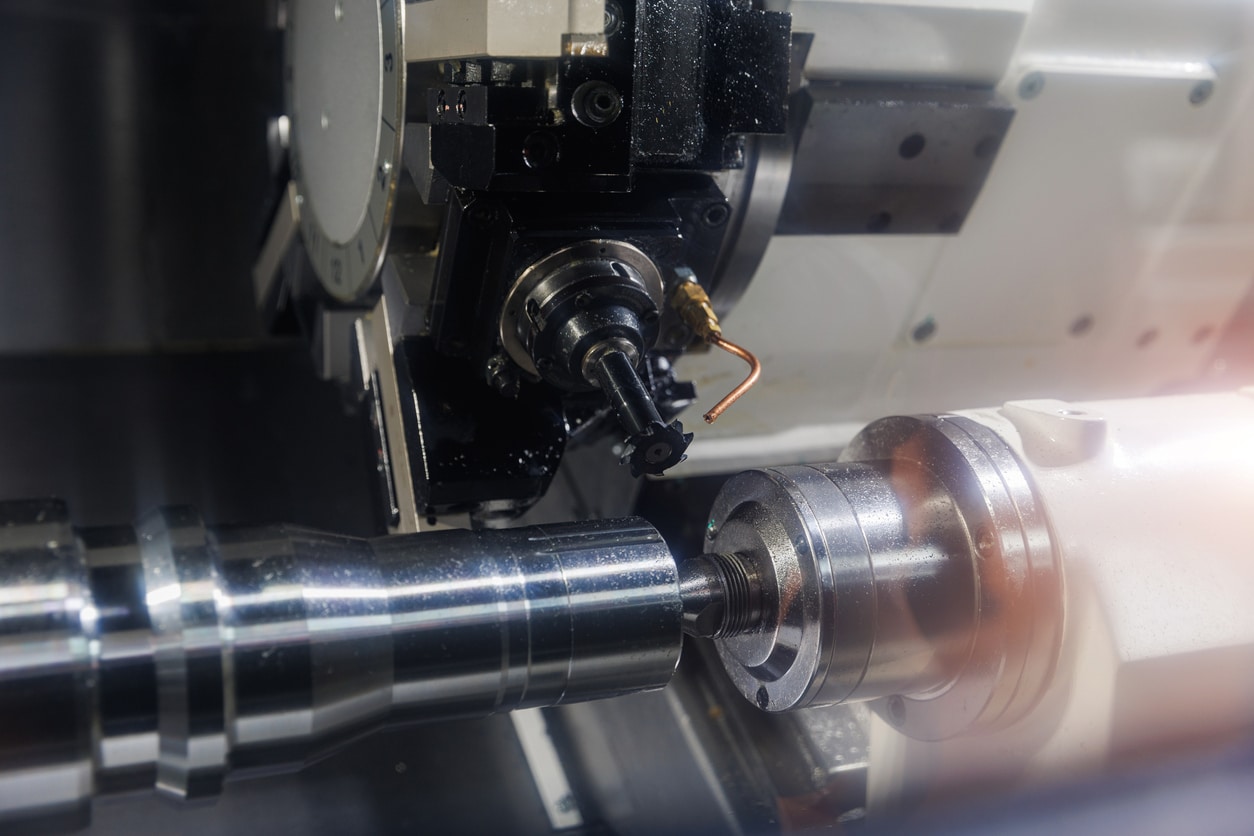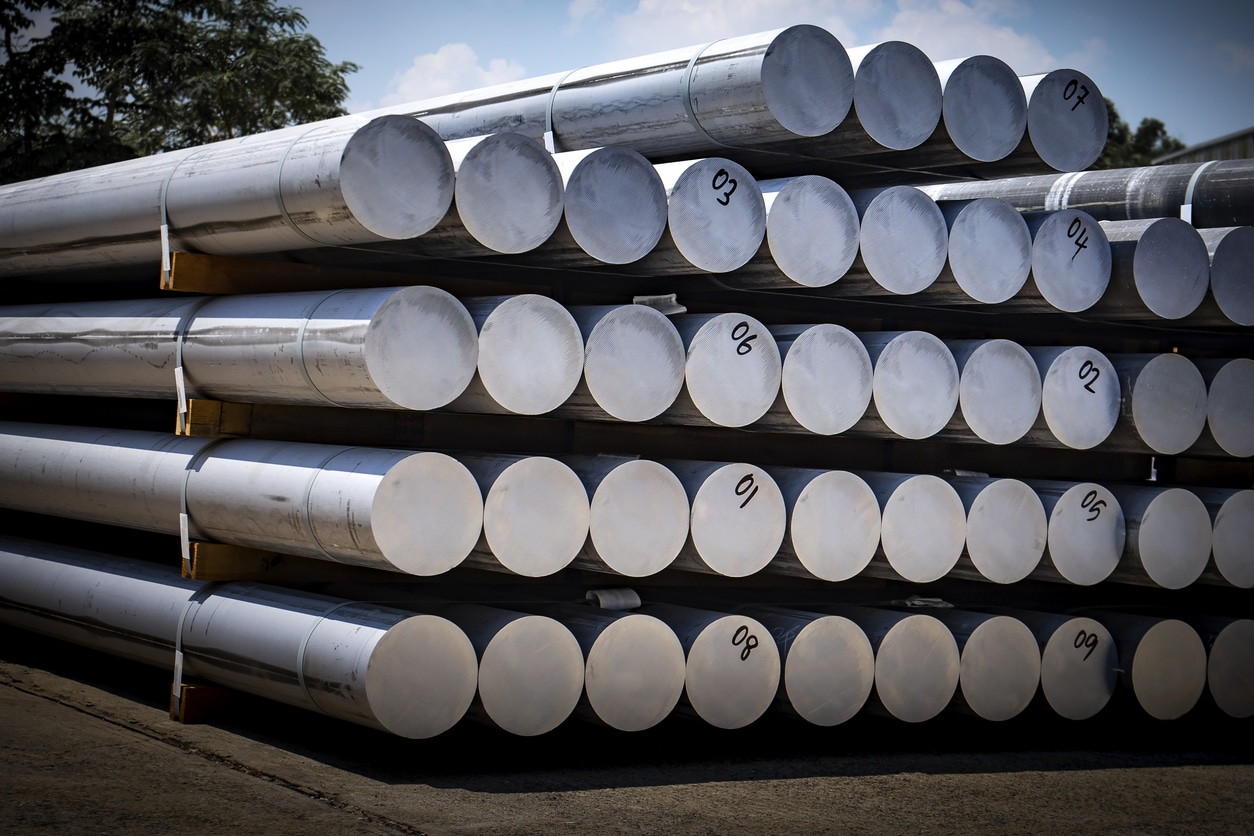When designing and building heavy equipment, the materials you use matter significantly. While steel is…
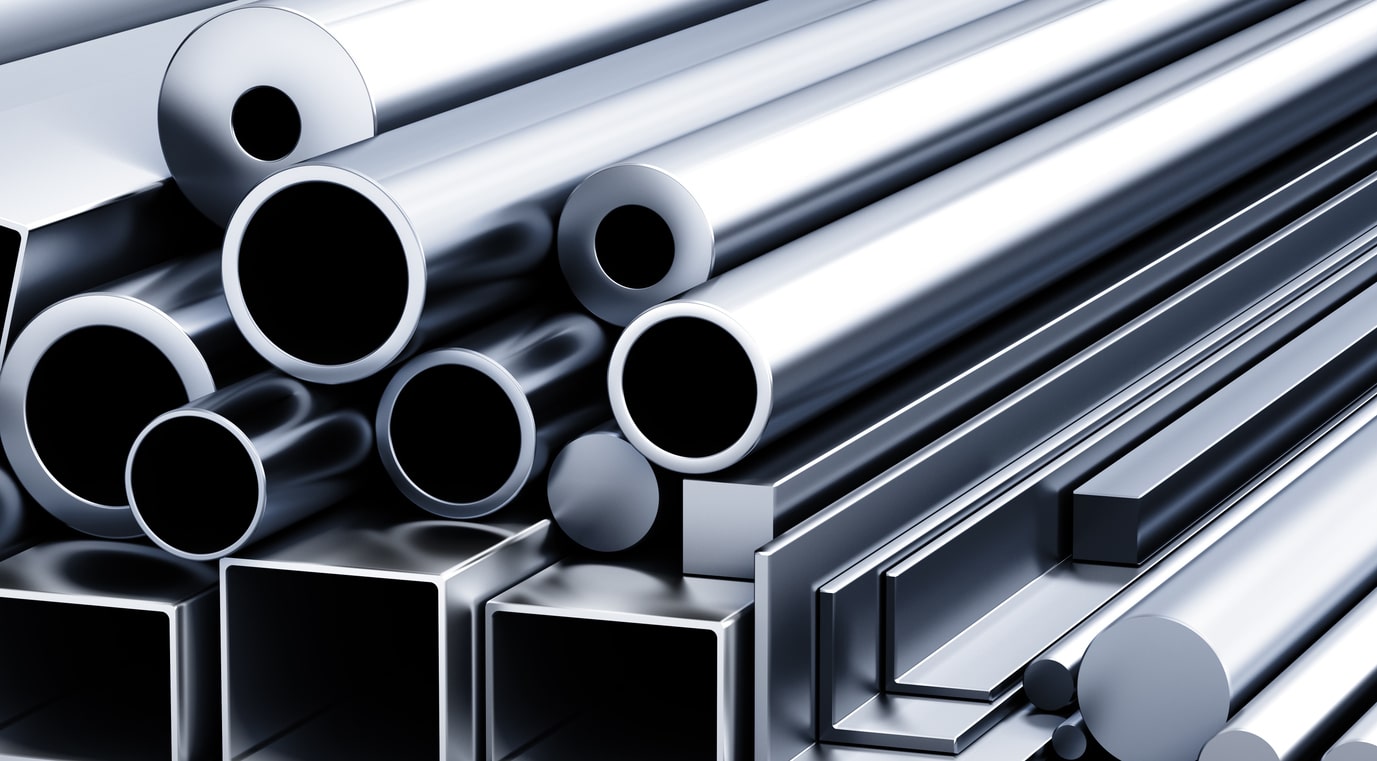
Your Guide to Steel Specifications: A Look at AISI, SAE, AMS and MIL Standards
Although steel is one of the most versatile and reliable metals out there, not all alloy steel is made the same. Not only are we talking about the quality of the material itself, but can vary from one batch to another. Some steel is used for construction, while other steel is used for cars and planes.
The industry uses a variety of acronyms and markers to differentiate each type of steel for convenience and consistency. However, if you’re unfamiliar with these specifications, you may not be getting the right alloy steel to meet your project needs. So, let’s break down the most common designations and what they mean.
Breaking Down Alloy Steel Specifications by Type
AISI: American Iron and Steel Institute
The American Iron and Steel Institute is one of the leading voices within the steel industry. The institute works with numerous manufacturers, suppliers, and steelmakers across the country to ensure standards are being met and that the industry continues to grow and thrive.
While not all steel comes with an AISI number, most of it does. The purpose of the four-digit number is to be a quick reference guide. The first two digits reflect the grade of alloy steel, while the last two digits indicate the amount of carbon in the metal. Here’s an overview of the different AISI steel grades with an example number.
- Carbon Steel 10XX
- Manganese Steel 13XX
- Nickel Steel 23XX
- Nickel Chromium Steel 31XX
- Molybdenum Steel 40XX
- Chromium Molybdenum Steel 41XX
- Nickel Chromium Molybdenum Steel 43XX
- Nickel Molybdenum Steel 46XX
- Chromium Steel 50XX
- Chromium Vanadium Steel 61XX
- Tungsten Chromium Steel 72XX
- Silicon Manganese Steel 92XX
Some steel grades have multiple numbers, and the amount of carbon can vary from one grade to the next. For example, steel with an AISI number 1045 is carbon steel with a 0.45 percent carbon content.
SAE: Society of Automotive Engineers
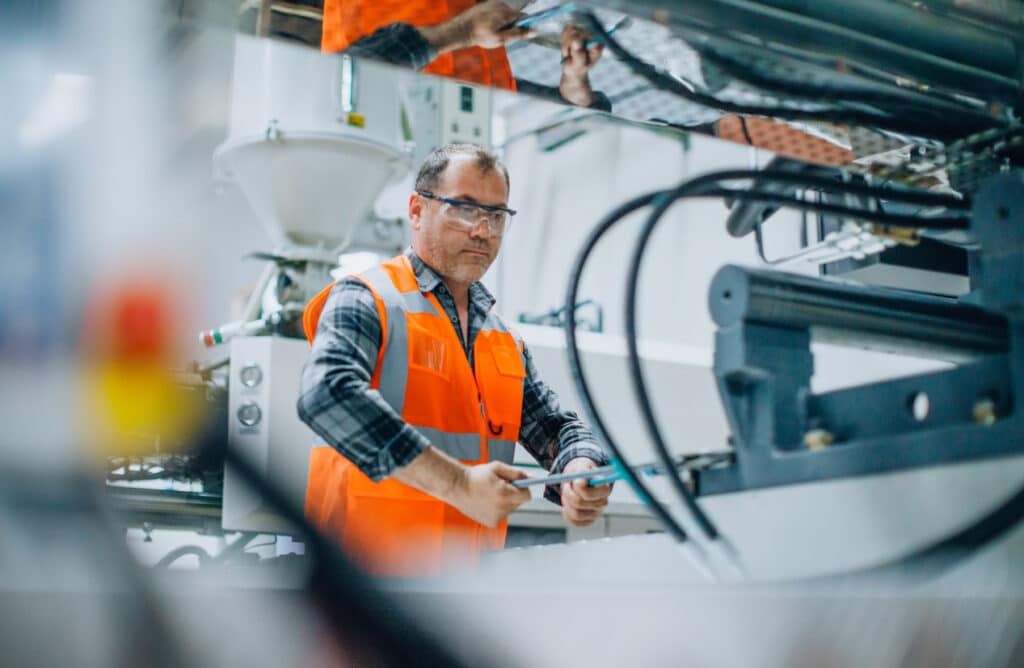 Like AISI, the Society of Automotive Engineers oversees quality standards within the steel industry. However, while AISI is focused on iron and steel only, SAE covers a broad spectrum of engineering parts and systems. So, SAE numbers are used for multiple types of metals across various industries, including automotive, commercial, and aerospace.
Like AISI, the Society of Automotive Engineers oversees quality standards within the steel industry. However, while AISI is focused on iron and steel only, SAE covers a broad spectrum of engineering parts and systems. So, SAE numbers are used for multiple types of metals across various industries, including automotive, commercial, and aerospace.
The SAE numbering system is a bit more complex because it reflects more details about the material. SAE also uses a four-digit numbering system, but only the first digit refers to the steel grade. The breakdown of SAE numbers is:
- Carbon Steels – 1xxx
- Nickel Steels – 2xxx
- Nickel-Chromium Steels – 3xxx
- Molybdenum Steels – 4xxx
- Chromium Steels – 5xxx
- Chromium-Vanadium Steels – 6xxx
- Tungsten Steels – 7xxx
- Nickel-Chromium-Vanadium Steels – 8xxx
- Silicon-Manganese Steels – 9xxx
The second digit in the number indicates whether other elements are present in the steel (i.e., sulfur). For example, 10xx means the steel is carbon with no modified sulfur present. However, the prefix 11xx means sulfur has been added to the steel to make it easier for machining.
For other steel grades, the number may represent the amount of additional materials. For example, chromium steel is designated 5xxx. Chromium steel with a 51xx number means the steel has 1 percent chromium. As with AISI numbers, the final two digits represent the amount of carbon in the steel.
Sometimes, SAE numbers may include a letter between the second and third numbers. L indicates the presence of lead, while B indicates boron. So, an example like 11L41 indicates resulfurized carbon steel with lead added (between 0.15 and 0.35 percent) and a carbon content of 0.41 percent. Typically, boron is added to low-carbon steels to make them stronger.
Finally, some SAE numbers may include a prefix. M indicates merchant quality steels used as hot-rolled steel bars for non-critical machinery parts. E indicates steel made in an electric furnace, and H means the steel meets hardenability requirements.
AMS: Aerospace Material Specification
Because aerospace technology is so complex, the parts and materials used to build planes and other flying crafts must adhere to strict standards. For that reason, AMS numbers are more complicated than those used by AISI or SAE. In addition to the grade and quality of the steel, AMS numbers may also reflect the manufacturing process, mechanical properties, testing methods, and quality control measures.
Aerospace manufacturers use stainless steel because it doesn’t rust and can withstand extreme temperature fluctuations. 304 stainless steel is the most common material used in the industry, but there are multiple options. Some examples include:
- Corrosion-Resistant Stainless Steel – AMS 5513/5516
- Heat-Resistant Stainless Steel – AMS 5521/5522
- Precipitation-Hardening Stainless Steel – AMS 5643/5648
- Magnetic Stainless Steel – AMS 5504
You can also find specific stainless steel grades with AMS numbers, like:
- 304 Stainless Steel – AMS 5513/5516
- 316 Stainless Steel – AMS 5524/5578
- 17-4PH Stainless Steel – AMS 5643/5648
- 321 Stainless Steel – AMS 5510/5645
MIL: Measuring Steel Thickness
While knowing the chemical composition of your steel matters, you must also pay attention to its thickness. MIL is a standard unit of measurement, but it doesn’t refer to millimeters. Instead, one MIL is equivalent to one-thousandth of an inch, or 0.0254 millimeters. Understanding the thickness of the metal helps you determine if it’s the right size and shape for your needs.
In addition to MIL, many steelmakers use a gauge system of thickness measurement. One factor to know about gauges is that the smaller the number, the thicker the material. For example, three-gauge carbon steel measures 0.2391 inches, while 20-gauge carbon steel measures 0.0359 inches.
Specialty Steel is Your High-Quality Steel Supplier
When you’re looking for the best steel specifications, you need a reliable online steel distributor. Specialty Steel has decades of experience in the industry, and we pride ourselves on providing traceability and ISO-certified quality assurance.
